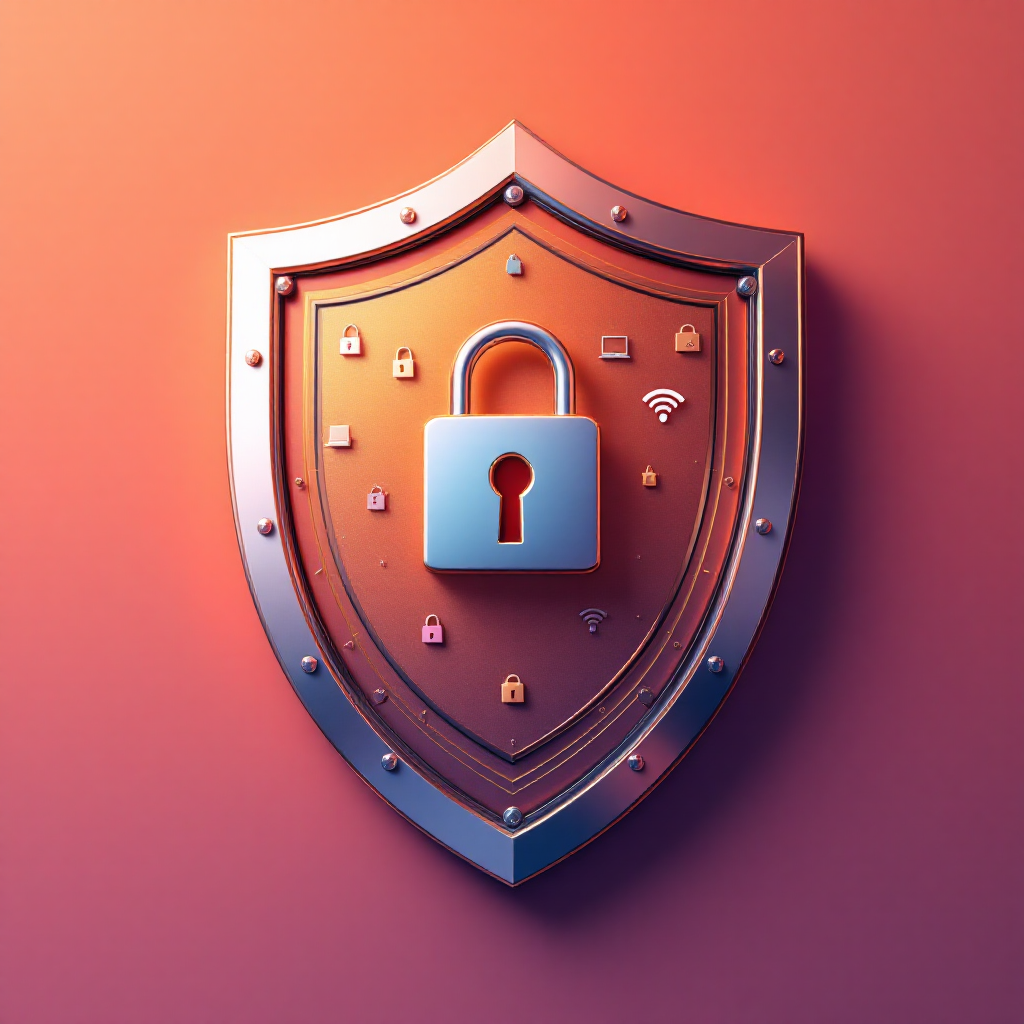The Psychology of Phishing: Why We Keep Falling for It

Table of Contents
Phishing isn’t just a technical problem. It’s a human problem. Every year, billions of phishing emails and messages are sent, and despite decades of awareness campaigns, even the most tech-savvy individuals still fall for them. Why? Because phishing exploits something more fundamental than firewalls or antivirus—it exploits our psychology.
In this article, we’ll explore the psychology behind phishing, real-world examples of how people were tricked, the emotions hackers exploit, and most importantly, what we can do to resist these manipulative tactics.
The Evolution of Phishing
Phishing started in the mid-1990s when hackers would impersonate AOL administrators, asking users for their login credentials. Back then, the emails were riddled with typos and poor formatting. Fast forward to today, phishing has become sophisticated, polished, and terrifyingly effective.
Modern phishing attacks are almost indistinguishable from genuine messages. Emails look identical to official communications from banks, social media platforms, or even colleagues inside the same company. Attackers now use AI-driven tools to craft highly personalized emails, making it easier to bypass our natural skepticism.
Consider the 2020 Twitter hack. High-profile accounts, including those of Barack Obama, Elon Musk, and Bill Gates, were compromised after employees were phished into revealing internal system credentials. Despite being trained professionals, even Twitter staff couldn’t resist the psychological pull of these attacks.
This shows that phishing has evolved from a crude scam into a psychological weapon, designed to bypass technical defenses by targeting the human brain.
The Human Brain and Cognitive Shortcuts
Why do smart people fall for phishing? The answer lies in cognitive biases—mental shortcuts our brains use to make quick decisions.
- Authority Bias: When a message claims to come from a boss, government, or bank, people tend to comply without questioning.
- Urgency Effect: “Your account will be suspended in 24 hours!” pushes people into panic mode, reducing rational thinking.
- Scarcity Principle: Limited-time offers or fake giveaways trigger impulsive actions.
- Trust in Familiarity: If an email looks like it’s from a known brand, our brain is less skeptical.
In fact, according to a 2023 Proofpoint survey, over 75% of organizations experienced at least one successful phishing attack, despite having cybersecurity awareness programs in place. This highlights how psychological manipulation trumps technical defenses.
A real example: In 2016, John Podesta, Hillary Clinton’s campaign chairman, fell for a phishing email disguised as a Google security alert. A single click exposed thousands of private emails, proving that even political elites aren’t immune.
Image Prompt: “An artistic depiction of a human brain entangled in glowing phishing hooks, symbolizing psychological manipulation in phishing. Futuristic, neon cyber aesthetics.”
Alt Text: Human brain caught in phishing hooks, symbolizing psychological manipulation.
Emotions Hackers Love to Exploit
Phishing is less about tricking logic and more about hijacking emotions.
- Fear: Warnings of account suspension, legal threats, or hacked accounts push users into panic.
- Greed: “You’ve won $10,000” appeals to our desire for rewards.
- Curiosity: Suspicious subject lines like “Is this you in this video?” lure users to click.
- Trust: Messages impersonating friends or coworkers take advantage of personal relationships.
A classic case is the Nigerian Prince Scam. While most people laugh at its absurdity, it still generates millions annually. Why? Because it doesn’t target everyone—it targets those who are lonely, financially desperate, or overly trusting.
Even professionals fall victim. In 2021, Facebook and Google lost over $100 million in a phishing scheme where a hacker impersonated a Taiwanese supplier. The emails were so convincing that accounting teams authorized massive payments.
Phishing isn’t just about deception—it’s about weaponizing human emotion.
Spear Phishing and Personalization
Gone are the days of generic “Dear User” emails. Hackers now use spear phishing—targeted attacks customized for individuals.
With social media, attackers can learn:
- Your birthday
- Your workplace
- Your friends’ names
- Recent events in your life
This personalization builds credibility. For instance, if you get an email referencing a recent project or personal connection, you’re more likely to trust it.
A famous example: The 2011 RSA breach, where employees received an email with the subject line “2011 Recruitment Plan.” It contained a malicious Excel file. Just one employee opening that file led to the theft of security data affecting millions worldwide.
Spear phishing works because it leverages familiarity and context. It’s not spam—it’s tailored manipulation.
The Role of Technology in Phishing
Technology has made phishing more powerful. AI can now:
- Generate convincing phishing emails without grammar mistakes
- Clone websites to look pixel-perfect
- Mimic voices using deepfake audio
- Launch large-scale campaigns at minimal cost
According to IBM’s 2023 Cost of a Data Breach Report, phishing was the most expensive cause of breaches, costing organizations an average of $4.91 million per incident.
Even worse, attackers now use multi-channel phishing: SMS phishing (smishing), voice phishing (vishing), and even social media DMs. This means people are vulnerable across multiple platforms, not just email.
Phishing isn’t static—it evolves with technology, making defense harder than ever.
Can We Outsmart Phishing?
The good news: we can fight phishing—but it requires a blend of technology and psychology.
Prevention Strategies:
- Zero Trust Mindset: Always verify before you trust, even if the message seems familiar.
- Multi-Factor Authentication (MFA): Even if passwords are stolen, MFA can block attackers.
- Training with Realistic Simulations: Companies should conduct phishing drills to help employees spot tricks.
- AI-Powered Filters: Security systems are now using machine learning to detect suspicious patterns in emails.
But the biggest defense? Awareness. People must accept that anyone can be phished. Recognizing our biases and emotional triggers is the first step in resisting manipulation.
Conclusion
Phishing isn’t going away—it’s getting smarter. But the truth is, the strongest weapon against phishing isn’t just firewalls or antivirus—it’s understanding human psychology. By recognizing our emotional triggers, questioning authority, and slowing down when urgency strikes, we can outsmart even the most sophisticated scams.
The fight against phishing isn’t just technical. It’s human.
FAQs
1. Why do phishing emails still work in 2025?
Because they exploit psychology—fear, urgency, and trust—rather than technical vulnerabilities.
2. Can AI make phishing harder to detect?
Yes. AI-generated phishing emails are polished, error-free, and highly personalized, making them more convincing.
3. Who is most vulnerable to phishing?
Everyone—from everyday users to CEOs. Studies show even cybersecurity professionals fall victim.
4. What’s the difference between phishing and spear phishing?
Phishing is generic, while spear phishing is personalized and targeted at specific individuals or organizations.
5. What’s the best defense against phishing?
A mix of technical tools (MFA, filters) and human awareness (critical thinking, skepticism).
